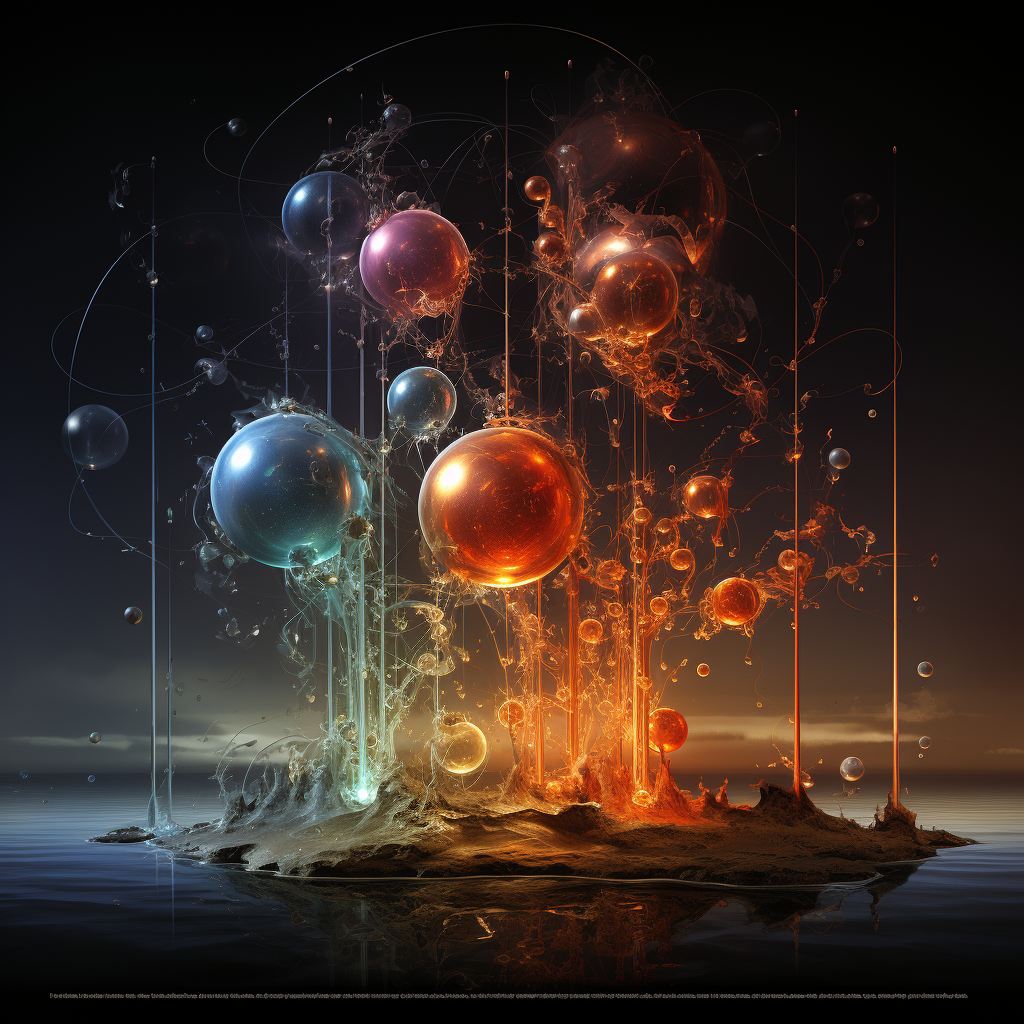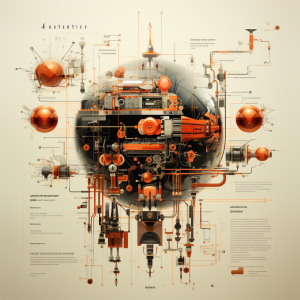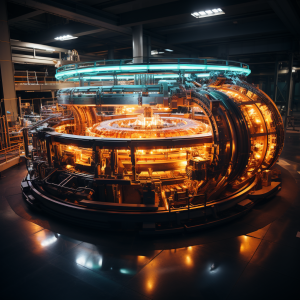
What is the difference between an electron, proton, and neutron?
Electrons, protons, and neutrons are fundamental particles that constitute atoms, the building blocks of matter. Here’s a breakdown of their differences:
Electrons
Electrons are subatomic particles that carry a negative electric charge. They belong to a class of particles known as leptons, which are not subject to the strong nuclear force. They have a mass of approximately 9.10938356 × 10-31 kilograms, which is about 1/1836th the mass of a proton. Electrons inhabit the area around the nucleus of an atom, known as the electron cloud or shells, and play a crucial role in chemical reactions and electricity.
Protons
Protons are subatomic particles found in the nucleus of an atom. They carry a positive electric charge, equal in magnitude but opposite in sign to the charge of an electron. Protons belong to a class of particles known as baryons, which also includes neutrons. They interact via the strong nuclear force, which holds the atomic nucleus together. The mass of a proton is approximately 1.67262192 × 10-27 kilograms. Along with neutrons, protons contribute to the atomic mass of an atom.
Neutrons
Neutrons, like protons, are found in the nucleus of an atom. They are electrically neutral, carrying no charge. Like protons, neutrons belong to the baryon family and are subject to the strong nuclear force. The mass of a neutron is slightly greater than that of a proton, approximately 1.674927471 × 10-27 kilograms. Neutrons play a crucial role in the stability of the nucleus. In certain circumstances, neutrons can undergo beta decay, turning into a proton while emitting an electron and an antineutrino.
The combination of these three particles in varying amounts results in different elements in the periodic table. The number of protons (atomic number) defines the identity of an element. For instance, an atom with one proton is hydrogen, while an atom with two protons is helium. The number of neutrons can vary to create isotopes of an element. The electrons in an atom typically match the number of protons in a neutrally charged atom and largely determine the atom’s chemical behavior and bonding characteristics.




